Recognising the symptoms of migraine and cluster headaches
Migraine and cluster headache may both be classified according to the International Classification of Headache Disorders (ICHD-3). There are several overlapping symptoms between migraine and cluster headaches that your patients may describe.1 Therefore, it may be challenging to differentiate between migraine and cluster headache diagnoses.
Officially, migraine is defined as a headache on at least 15 days per month.2 Episodic cluster headache occurs in periods lasting between 7 days to 1 year and may be separated by pain-free periods lasting up to 12 months.3
Find out more about different types of migraine and cluster headacheHow can you help your patients recognise their triggers?
There are numerous triggers that can set off a migraine and cluster headache attack, making it hard for patients to identify what exactly it is that causes theirs.
Although migraine and cluster headache are distinct clinical conditions, patients might report several common triggers. Triggers common to both migraine and cluster headache may include stress, sleep, alcohol intake, weather changes and pharmacological triggers (histamine, glyceryl trinitrate [GTN], calcitonin gene-related peptide [CGRP]).1 Triggers vary widely from person to person but may commonly fall under these categories.
Other triggers associated with the onset
of cluster headache include:9
- Strong smelling chemicals including perfume, paint or petrol
- Overheating during exercise
- Smoking may be linked with an increased risk of cluster headache
Encouraging patients to keep a record of their experiences and potential triggers could help to identify and avoid problem situations and could help to find more suitable treatment
options.10
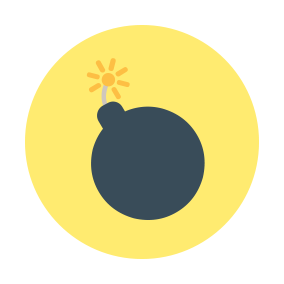
Stress
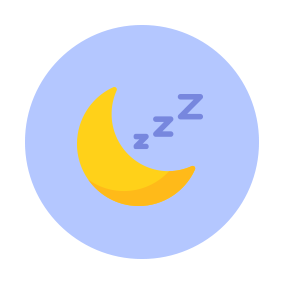
Sleep
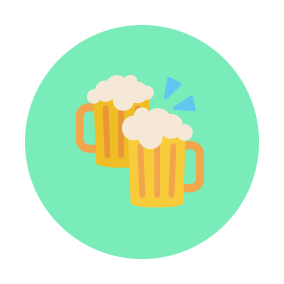
Alcohol intake
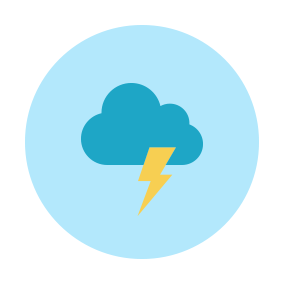
Weather changes
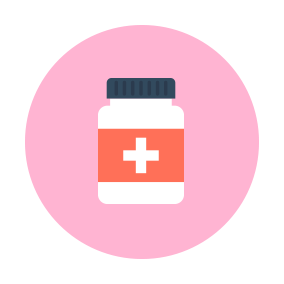
Pharmacological
triggers




